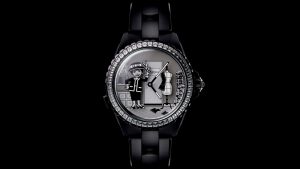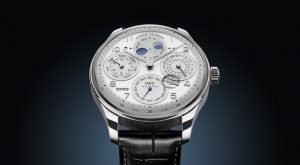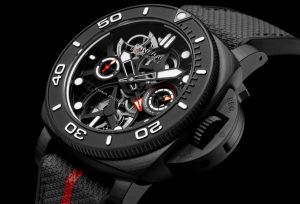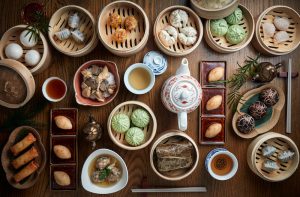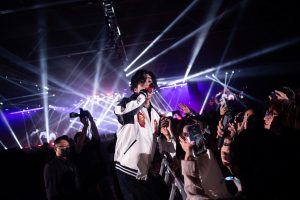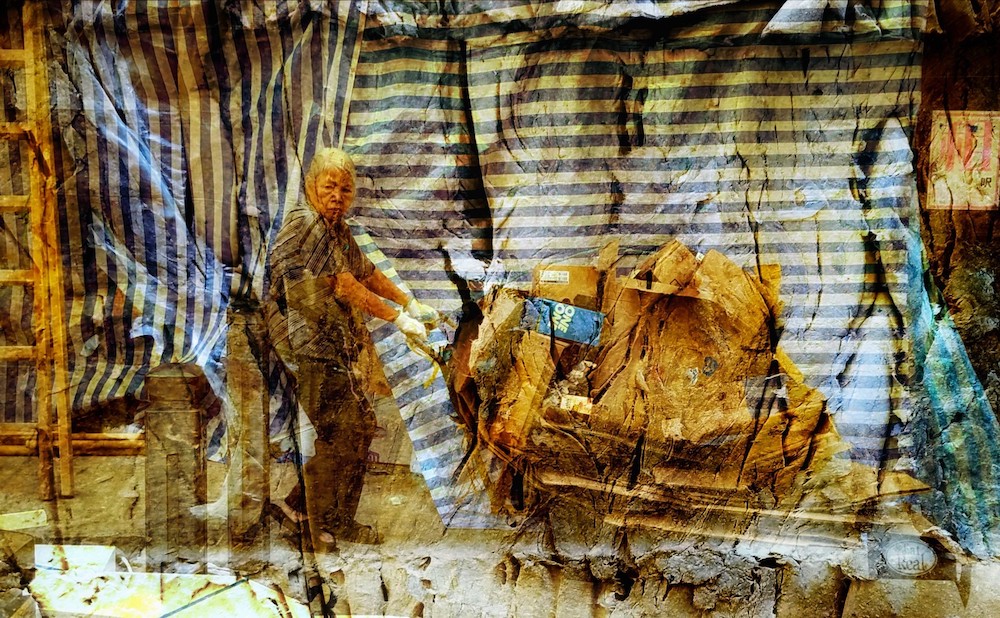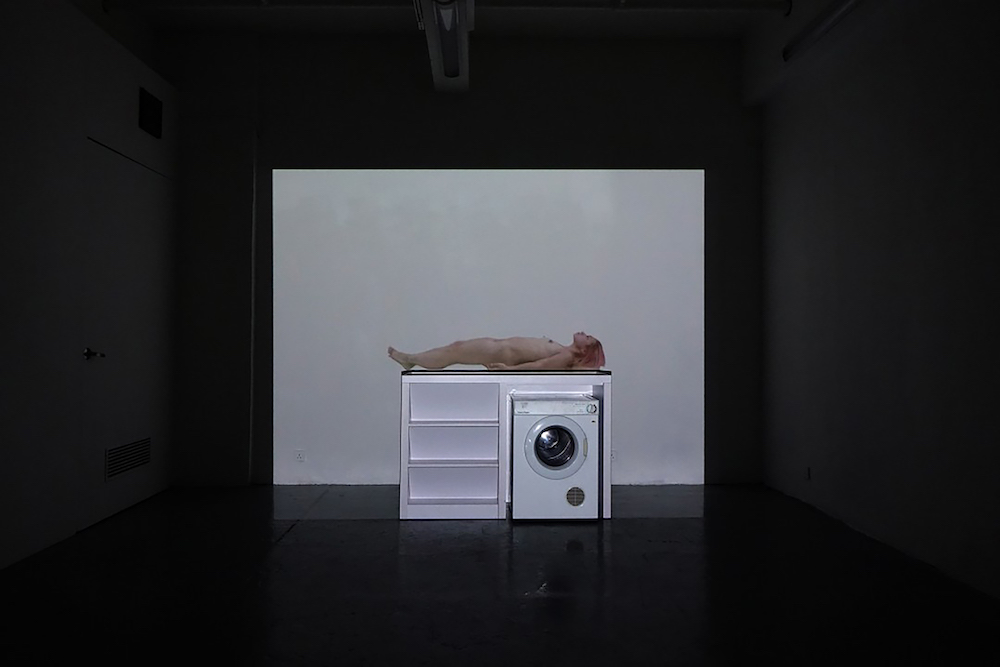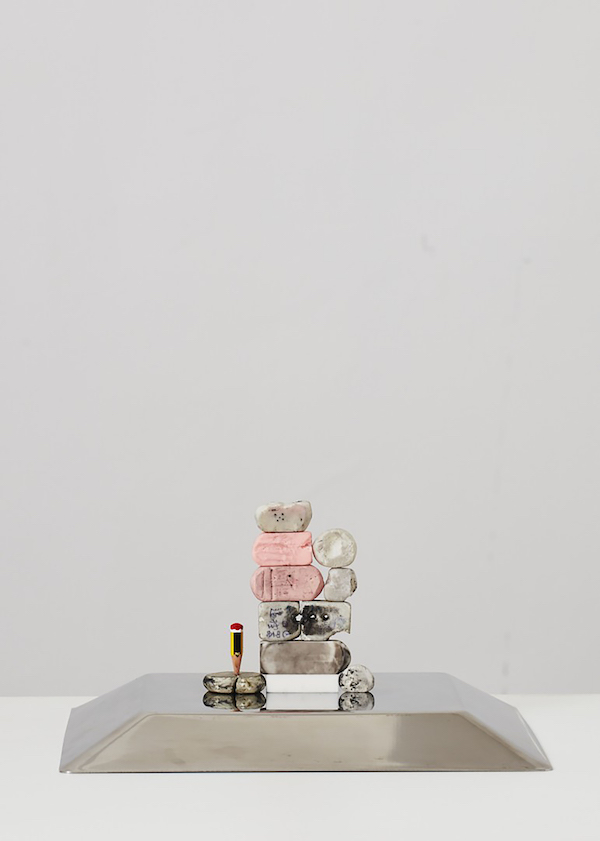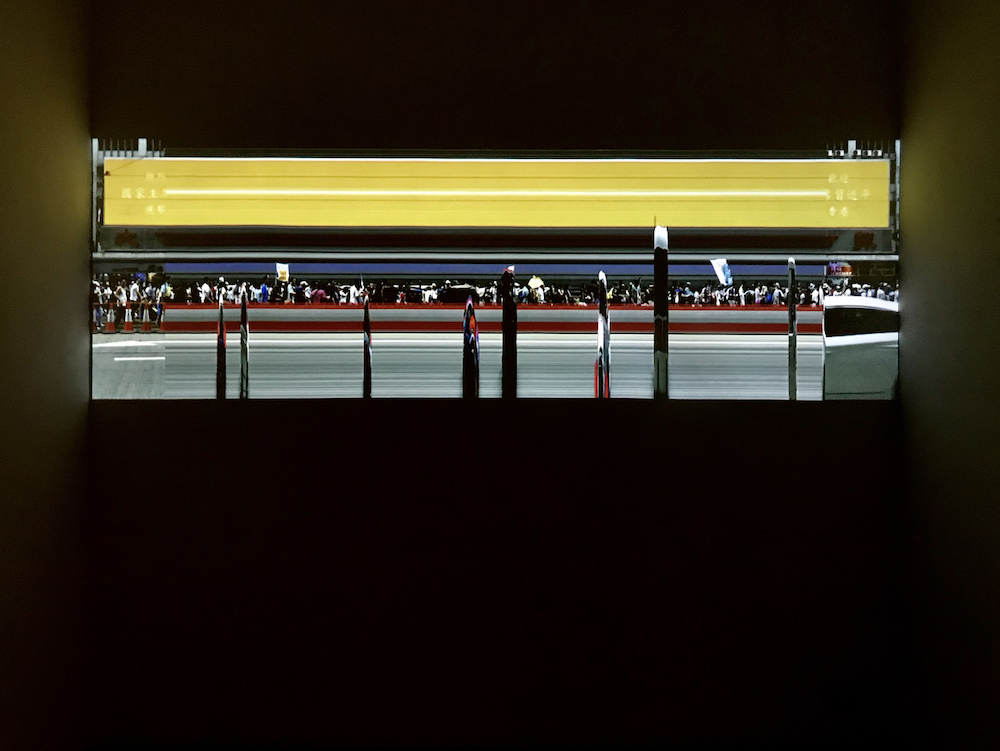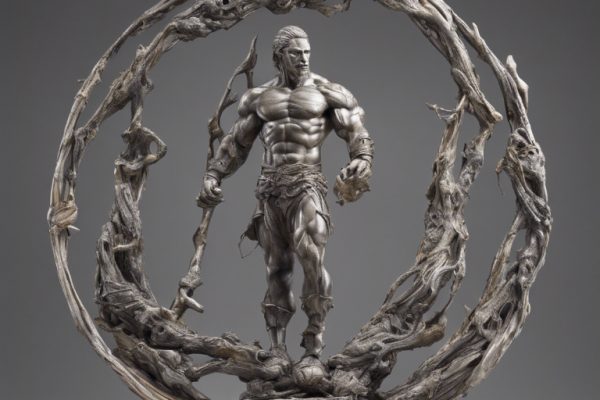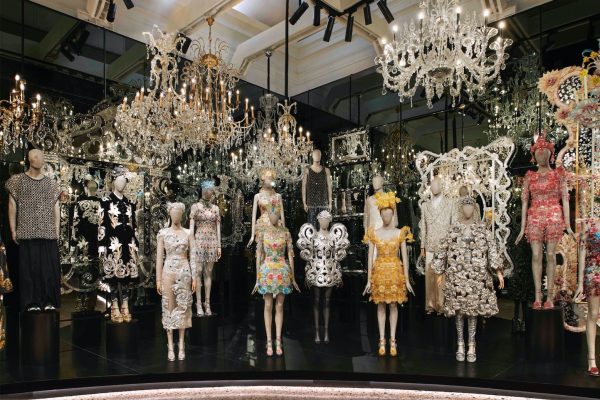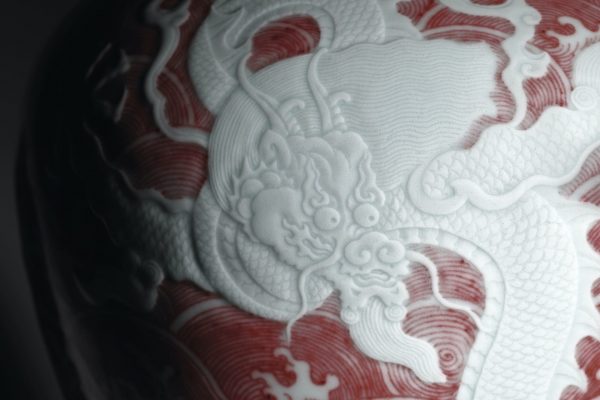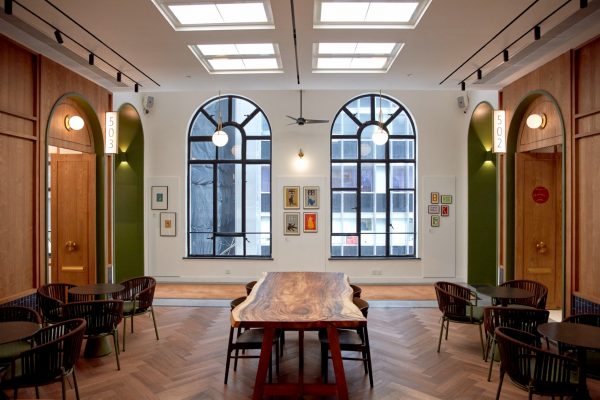#culture / #art & design
The HK Human Rights Arts Prize raises much-needed debates in the city
January 17, 2019
For the past decade, we’ve been exposed to issues of human rights violations around the world like never before. Thanks to technology, social media and the work of organisations such as Human Rights Watch and other NGOs, which constantly work to report, research and release data, we’ve been given more and more chances to take action as a global community.
As December 10, 2018 marked the 70th anniversary of the adoption of the Universal Declaration of Human Rights – the cornerstone of our freedoms and rights and the main guideline to define human dignity – Hong Kong celebrates the fifth edition of the Human Rights Arts Prize (HKHRAP).
Organised by the Justice Centre Hong Kong, the annual event brings together works by local and international artists that raise awareness for human rights and aim to galvanise change. Most importantly, the prize is one of the few events in the city that honours the power of art as a catalyst for social change, dissent and the defence of human dignity.
Walking through the exhibition in an industrial building in Wong Chuk Hang is an immersive experience that brings you around the globe – and around our city – through powerful and at times disturbing visual representations. This year, the 23 works shortlisted as the finalists touch on a wide range of issues, including the right to work as a refugee (coupled with the fact that Hong Kong is not a signatory of the Refugee Convention), women’s rights, the late Nobel Peace Prize laureate and Chinese dissident Liu Xiaobo, mass rape and much more.
“The video footage was already stored on my hard drive for quite a long time,” says Siu Wai-hang, who was crowned as this year’s winner for his celebrated piece Open Ta Kung Pao on the July 1 pro-democracy protests as relates to press freedom. “The recent issues that happened in Hong Kong made me feel powerless and hopeless about the future of the city. Even though our rights are technically protected by the Basic Law, the powerful and influential neglected our voice. This triggered me to review the footage of the protests I recorded and re-examine the purpose of human rights. At the same time, I hope that audiences can understand that here in Hong Kong, we are already going through hard times.”
The footage for Siu’s video was captured in front of the head office of pro-Beijing newspaper Ta Kung Pao in Wan Chai during the annual July 1 protest, when a slogan welcoming Chinese president Xi Jinping created a potent and ironic visual contrast. “Of course, I’m excited [to be the winner],” says Siu. “But at the same time, I feel worried. This is a contradiction because I really can’t see the future of this place.”
Other prize winners for 2018 include Sophie Cheung Hing-yee with Soften Stones 1: Tombstone for 61 HK Students’ Suicide Since 2016
as first runner-up, Lo Yuet-mei’s Boxed In as second runner-up and Lau Ching-yee’s Wildness in Pawn as the directors’ choice.
Siu’s work is an example of how relatable a piece could be for many Hongkongers and citizens around the world. We talked to the Human Rights Arts Prize directors and past winners Katie Vajda and Peter Augustus Owen about this year’s winner and the importance of the prize.
Tell us more about the Human Rights Arts Prize – and about this year’s edition in particular.
Katie Vajda (KV): This year marked the fifth anniversary of the HKHRAP. Its longevity in the Hong Kong arts scene from humble beginnings is a testament to the incredible support garnered from all sectors of the community to ensure its success as a platform for open expression. This prize aims not to silo itself, but to build a broad base of support so as to inspire the civic imagination.
What were the most prominent themes this year?
KV: This year was conceptually very strong. The interpretation of human rights into a “fine art concept” was incredibly raw and profoundly moving to all who have experienced the exhibition.
Peter Augustus Owen (PAO): One of the things that makes the arts prize unique is that we have structured it in a way to give complete freedom to the artists to submit work on any human rights topic they choose, in any medium. This opens the door to the full range of human rights themes. And what’s important to note is that they aren’t unique to Hong Kong – they are issues happening around the world that everyone can relate to.
How about some of this year’s highlights?
KV: There were a number of works that came out of participatory, social-art practice collaborations, which resulted in empowerment for minority groups and indeed presented the viewer with new ways of seeing. Among many other impressive works, artist and photographer Jake Thomas worked with foreign domestic workers in Hong Kong, concentrating on the idea of self-representation through the photographic image. Artist collective O!sland with Yuri Pasang presented an intricate body of work created during a residency with a displaced indigenous tribe, the Truku people in Taiwan.
PAO: Also of note was Florence Li’s Lie Flat, which was inspired by the artist’s study of domestic helpers’ living quarters in Hong Kong, and included a full-sized washing machine and image projection. Also, Sophie Cheung Hing-yee’s Soften Stones 1: Tombstone for 61 HK Students’ Suicide Since 2016, a small but very powerful sculpture made of found material.
Why do you think it’s so important to organise and support an event like this in Hong Kong?
PAO: It is so vital to the future of a city and its people to have frank discussions on topics like human rights. In Hong Kong, there isn’t always the opportunity for an open dialogue on such issues. Art opens that door and gives a chance to cause real change in a non-threatening way.
Do you think it resonates with local and international audiences in the region?
KV: The prize is open to Hong Kong-based artists and the Hong Kong diaspora, so the views expressed are our own. But as human rights are universal, of course this will resonate with the wider international community as well.
What’s the process of shortlisting the artworks?
KV: There is an open call for artists beginning in late July and early August. We have worked hard to remove all barriers to entry and, in line with our ethos of diversity and inclusion, the judging is conducted blind with no mention of name, history, age, ethnicity, et cetera.
PAO: It’s very important to have the work presented anonymously at all stages of this process. The judges proceed to score each work electronically – there were 126 this year – and we compile the shortlist for the exhibition from this list. The selection of the winners is then done in person after installation at the venue.
Tell us about the judging panel.
PAO: This year, Asia Art Archive co-founder and executive director Claire Hsu and artist and social activist Kacey Wong agreed to come back as judges. They have been involved with the prize almost since day one and are an integral part of the success of the prize. The new judges included Mimi Brown, the founder and executive director of Spring Workshop; Eric Poon, the associate professor of practice for the School of Journalism and Communication at the Chinese University of Hong Kong; Pang Laikwan, a faculty member of Cultural and Religious Studies at the Chinese University of Hong Kong; and Ben Quilty, the acclaimed Australian artist and human rights activist.
Why do you think Siu Wai-hang’s video won? What sets it apart from the other remarkable works?
KV: It was very close in the final judging; however Siu Wai-hang’s work consistently made it to the top of the jury process. The work is profound – the technical and conceptual methods communicate an underlying angst that I think resonates with all of us.
PAO: Siu Wai-hang created a mesmerising video piece that really resonated with the judges. On opening night, people really sat through the entire six-minute-long loop. It’s hard to walk away, as it touches on freedom of speech, which is a very hot topic locally and internationally. I also think that video is growing quite rapidly as a more widely accepted art form.
This feature originally appeared in the January/February 2019 print issue of #legend









